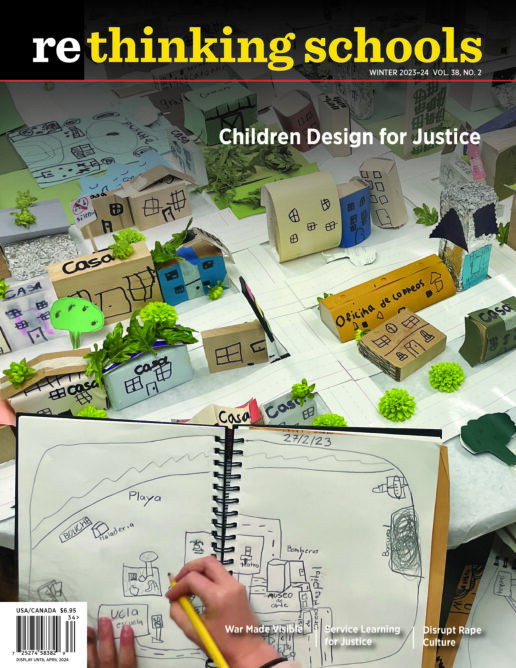Our picks for books, videos, websites, and other social justice resources 38.2
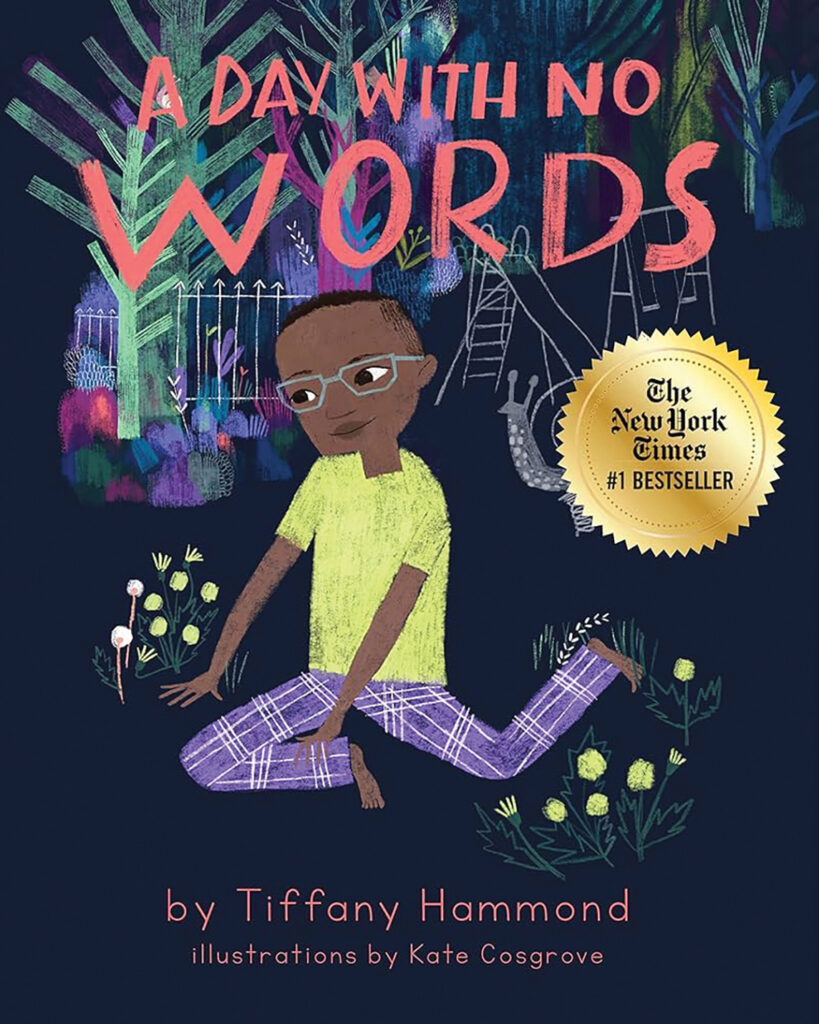
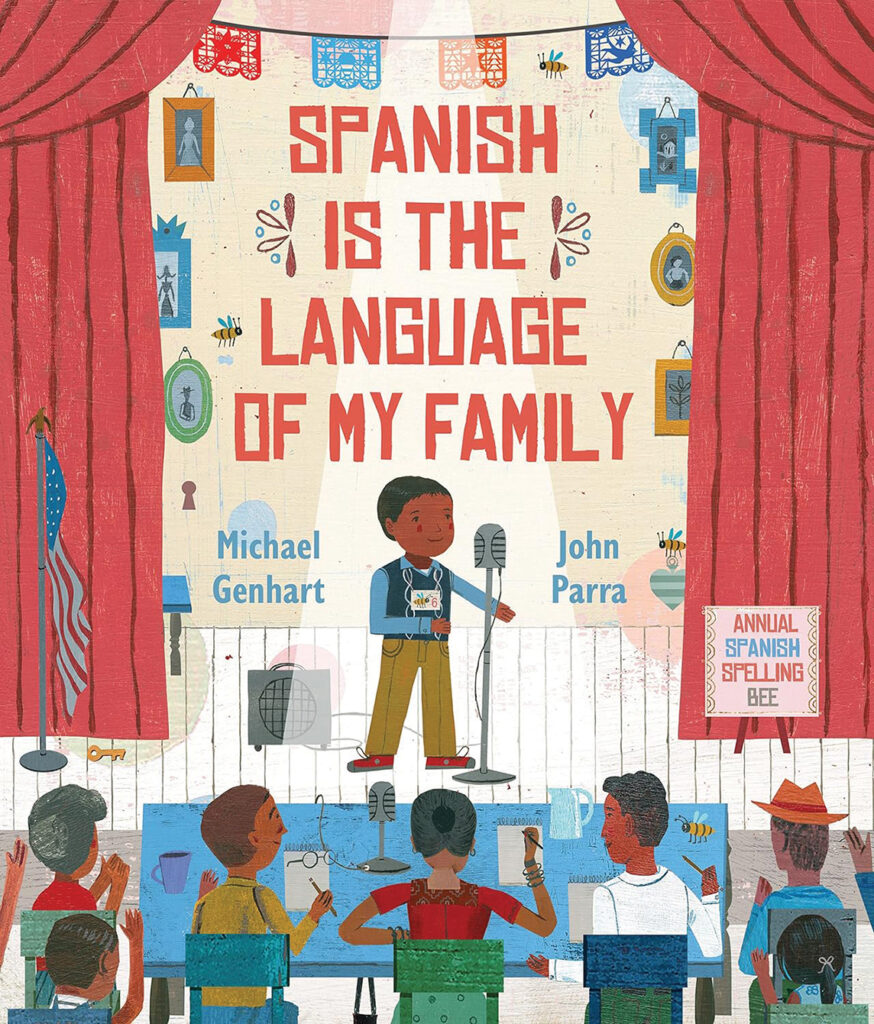
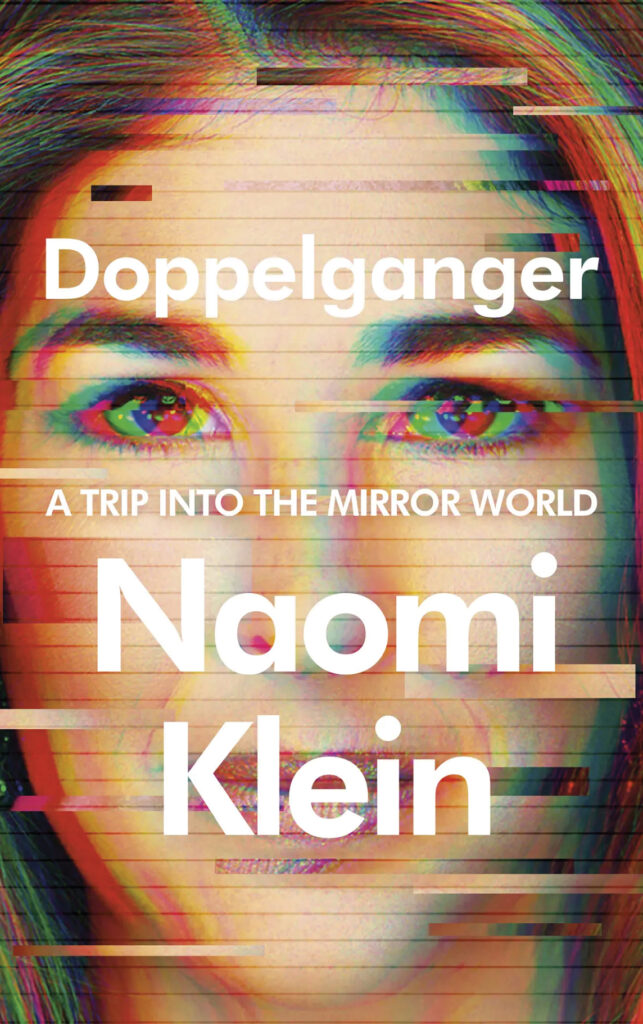
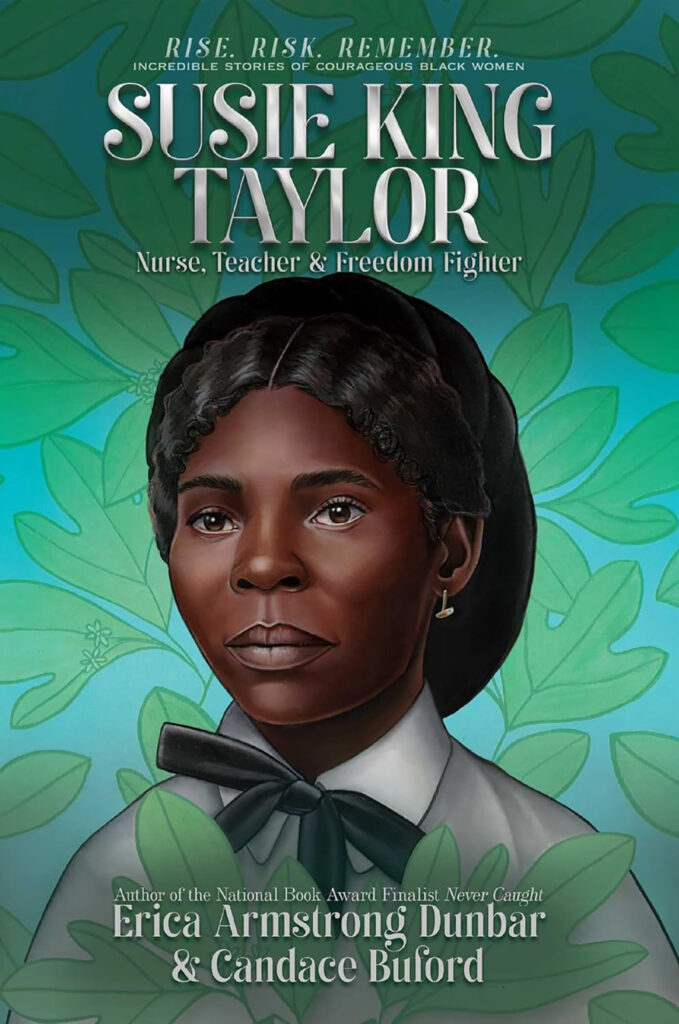
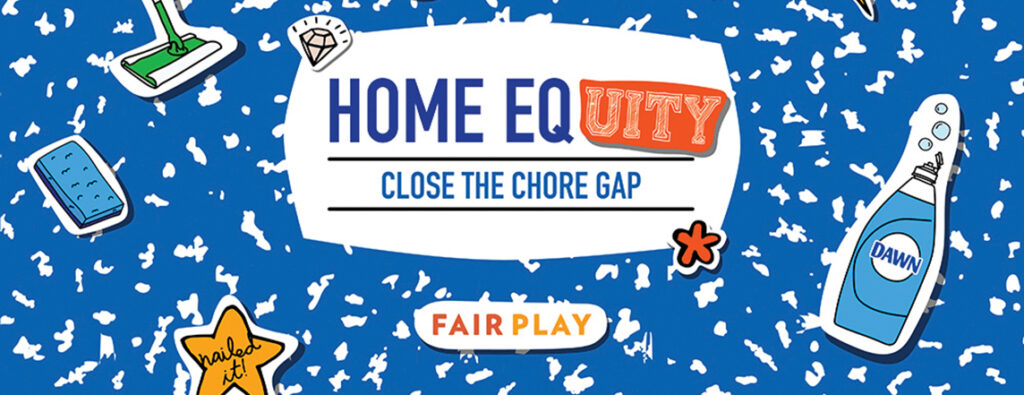
Picture Books
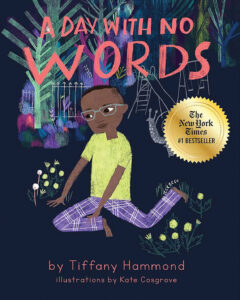
A Day with No Words
Written by Tiffany Hammond
Illustrated by Kate Cosgrove
(Wheat Penny Press, 2023)
48 pp.
Autistic mom and disability justice advocate Tiffany Hammond offers readers a complex glimpse at the many ways Aidan, a nonspeaking Autistic child, and his mom communicate. Hammond stories a day when Aidan’s mom uses a tablet just like Aidan — selecting images/words that the device then “speaks” — along with other forms of nonverbal communication. When some moms and kids at a park point and stare at Aidan, and one mom sneers “that boy is handicapped,” Aidan’s mama feels her anger, takes a slow deep breath, and then stands up to them by typing a response on her tablet. In the author’s note in the back of the book, Hammond writes: “I hope our story inspires you to have your own day with no words . . .” This meaning-packed picture book will elicit student questions about Autism and nonverbal communication, and can be used to spark classroom conversations about disability justice.
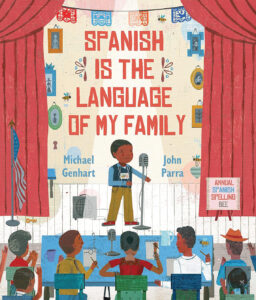
Spanish Is the Language of My Family
Written by Michael Genhart
Illustrated by John Parra
(Neal Porter Books/Holiday House, 2023)
40 pp.
This read-aloud picture book is a love letter to home languages. As young Manolo’s grandmother helps him prepare for a spelling bee in Spanish, she weaves in a history lesson about language rights in the United States. Like many Latinx students, she and her siblings were punished for speaking Spanish when they were in school. One of the spelling words in the competition is “vergüenza” (shame) — which reminded Manolo of what his grandmother was told she should feel. Manolo’s final and winning word is “respeto” (respect), which sums up the true outcome of the competition for everyone — respect for the language of the students’ families.
Policy
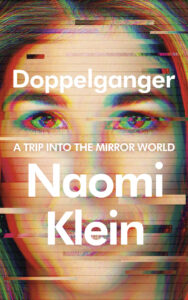
Doppelganger
By Naomi Klein
(Farrar, Straus and Giroux, 2023)
416 pp.
Naomi Klein has written another crucial book to help us understand our perilous political moment. Klein uses the concept of the doppelganger — literally a “double walker,” or a look-alike — to help us understand why some progressives have mistaken right-wing delusions as a challenge to the status quo — which Klein sees as a result of the conditions of COVID-era social isolation, the alienating ubiquity of social media, and the failure of the Democratic Party to meet the needs of working people or mount a challenge to the rise of the far right. Klein articulates how these conditions have created a “mirror world” where the right wing replicates bad clones of left-wing arguments — using anti-corporate positions and even adopting aspects of Klein’s concept of “shock doctrine” — to lead people to accept conspiracy theories about vaccines, mask wearing, gender identities, critical race theory, and more. Klein emphasizes that to escape the mirror world of isolation and digital avatars, it’s crucial to join social movements: “When our actions begin to integrate with our beliefs, when we are doing some of the work that we know needs to be done, we have less need for the various doubles our culture offers up disguised as a good life.” More personal than much of Klein’s previous work, this fascinating book is vital for decoding the right-wing doppelganger and creating a new society based on solidarity.
Curriculum
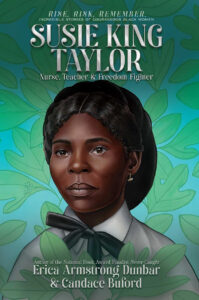
Susie King Taylor: Nurse, Teacher & Freedom Fighter
By Erica Armstrong Dunbar and Candace Buford
(Simon & Schuster/Aladdin, 2023)
288 pp.
Based on the memoir of Civil War nurse and teacher Susie King Taylor, this book by Erica Armstrong Dunbar and Candace Buford offers a gripping story of Taylor’s life for ages 10+. The book is full of examples of what a brilliant, brave, and righteous woman Taylor was. One instance is her commentary from more than a century ago on the hypocrisy of the Daughters of the Confederacy, words that ring as true today about Moms for Liberty: “Did these Daughters of the Confederacy ever send petitions to prohibit the atrocious lynchings of Black people? I’d never heard of them claiming a noose could have a bad effect on the children. But they protested books and performances. Which of these two realities made a degrading impression upon the minds of our young generation — a play or a brutal hanging?” There is much to learn from this book not only about Taylor, but also about the conditions for African Americans just before, during, and after the Civil War. At the end of their book, Dunbar and Buford include the full text of Taylor’s memoir, Reminiscences of My Life in Camp with the 33D United States Colored Troops Late 1st S.C. Volunteers, so that students can read her own words. It is the only published memoir by an African American woman about the experiences of the Civil War.
Teaching Asian America in Elementary Classrooms
By Noreen Naseem Rodríguez, Sohyun An, and Esther June Kim
(Routledge, 2024)
192 pp.
Every day, Asian American children are teased for how their eyes look, how their names sound, and how their lunches smell. It’s safe to say that most Asian Americans who grew up in the United States learned little about the culture or history of their Asian American peers. In Teaching Asian America in Elementary Classrooms, the authors hope to “move away from multicultural approaches of the past and toward critical instruction that considers issues of power, so that Asian American voices, experiences, and histories are centered rather than completely ignored, sidelined, or spoken for by others.” This is done with primary source documents and photos along with thematic lists of children’s picture books and discussion questions. Suggestions include “Compare the refugee experience in a welcoming environment to a hostile one. Guide students to identify and critique racism and discrimination as well as linguistic and economic challenges that refugees may experience when resettling and adjusting to the U.S. society.” Despite the harm that has kept Asian Americans in a separate category of people, this book is positive in tone and encourages readers to explore and begin discussions with children. It affirms the existence of Asian Americans in the United States and teaches hidden history and contributions.

Fair Play: Home Equity Curriculum
(Unicorn Space, 2022)
Backed by Reese Witherspoon’s Hello Sunshine, an organization that partners with corporations like Google and Kitchen Aid to “change the narrative of women through story,” Eve Rodsky’s Fair Play became a bestseller in 2019. More recently, Hello Sunshine produced a documentary and curriculum to spread Rodsky’s ideas. Rodsky draws on decades of feminist writing on family and domestic labor to promote a system to more equitably distribute household responsibilities and “solve the unpaid, invisible work that women have shouldered for too long.” There are omissions in this work: little concern with race and class, a hesitancy to make demands on the state, no attention to how consumerism and big tech shape families. Nevertheless, by visualizing the many domestic tasks it takes to run a household, Rodsky created a powerful tool to help examine unpaid domestic labor and how essential it is in our capitalist society. The free curriculum, broken up by grade level, carries this work into the classroom, providing access to provocative videos and questions, scenarios for students to work through, and a printable version of Rodsky’s system — a card deck where families divvy up tasks. Although the materials are littered with brand logos, educators can draw on the tools within them, while bringing in more radical feminist theorists like those who championed the Wages for Housework campaign in the 1970s. We desperately need a curriculum that champions feminism for the 99 percent. The Fair Play Home Equity curriculum isn’t it, but is useful for seeding it.

